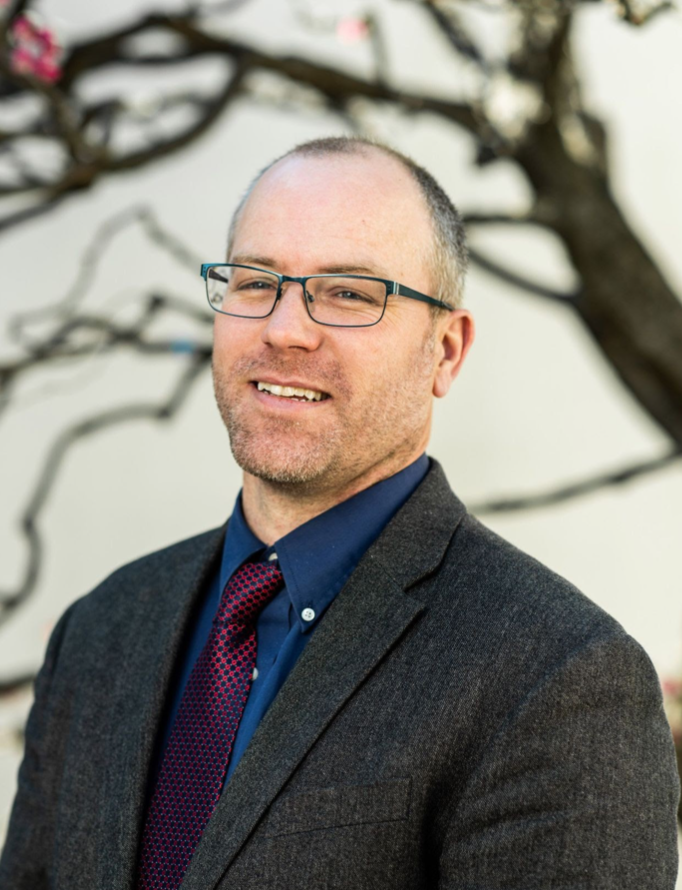Dr. Richard Olsen
Dr. Richard Olsen didn’t always plan for a career in horticulture, but a lifetime of appreciation of the outdoors and inspiring mentors guided him to where he is today –– director of the U.S. National Arboretum.
Founded in 1927 under the U.S. Department of Agriculture, the Arboretum is located on 451 acres of land in Northeast Washington, D.C. and contains more than nine miles of roadways. The Arboretum conducts research that benefits both American growers and consumers, and its collections house specimens for scientists to conduct research in fields like botany, horticulture and medicine.
Although he didn’t intentionally set out to help lead the nation’s premier bonsai and penjing collection, Dr. Olsen recalls that his first horticulture book he ever received was about bonsai. He recently sat down with the National Bonsai Foundation to discuss his goals as the Arboretum’s Director and his vision for the future of the National Bonsai & Penjing Museum.
Olsen’s ambitious plans for the Arboretum and Museum are backed by a successful career in horticulture and education. He has three degrees in landscape design and horticultural science under his belt. After finishing his doctoral degree at North Carolina State University, Olsen came to work for the Arboretum as a geneticist. In 2010 he headed the Arboretum’s germplasm program, which strives to maximize the plant genetic resource conservation. Following his stint as acting director in 2014, he was officially appointed director of the Arboretum in 2015.
Olsen pollinating x Chitalpa as part of his NCSU doctoral studies.
“In my life, I spent many weekends outdoors growing up in North Carolina, so I pretty much always had a profound connection with nature,” he said.
Olsen has held leadership roles on the Casey Trees Science and Technology Committee, the Morton Arboretum Center for Tree Science Steering Committee and the J.C. Raulston Arboretum Board of Advisors. He also previously advised the U.S. Department of State and currently contributes to the Interagency Working Group on Scientific Collections, which helps the federal government make informed decisions on science and technology policies.
His relationship with horticulture stems from a deep respect for nature, cultivated in early years through exploring the family garden and his time as a Boy Scout. What began as an appreciation for the artistic beauty of the outdoors eventually sparked a scientific curiosity that Olsen has explored throughout his career.
“Horticulture is really part art, part science, and bonsai is the epitome of that,” he said.
Left: Olsen with high school soccer coach Chuck Hess at 1992 Eagle Scout Ceremony
Right: Olsen at his 1997 summer internship at the renowned Heronswood Nursery
Olsen said the influence of positive mentors in his early careers from horticultural icons – like Dan Hinkley, who sponsored Olsen’s internship at Heronswood Garden in Washington State, and the late J.C. Raulston, his former academic advisor – evoked the importance of intergenerational knowledge and nurturing.
“Raulston taught me about the value of connecting people with what you do, and the generosity of giving and acknowledging the greatness of others,” Olsen said.
Olsen has championed sustainability throughout his career, from researching trees that are resistant to climate change and disease to reimagining the future of the Arboretum. Just in the 2017-18 fiscal year, the Arboretum’s budget increased by 17 percent.
As part of the National Bonsai Foundation’s partnership with the Arboretum, Olsen works with NBF staff to outline goals and initiatives that can support the Museum.
“If it wasn't for NBF, we wouldn't have the Museum as we know it today,” he said. “But now we have to look to the future.”
That future includes exclusive program funding from the U.S. Department of Agriculture on part with its other programs, Olsen said, resulting in more permanent recognition at the federal level for the Museum.
“It’s baffling that the Museum does not have specific funding to operate,” he said. “If there's one thing that's worthy of its own funding line at the Arboretum, you would expect it's the Museum. So that's where we need partners, like NBF and bonsai lovers from around the world.”
Olsen and Hayato Shimizu, Mayor of Saitama City, at the ceremony confirming the Sister Museum partnership between the National Bonsai & Penjing Museum and the Omiya Bonsai Art Museum
Olsen added that he believes in the power of bonsai to connect the public to the importance of plant life.
“I call bonsai the charismatic micro flora,” he said. “They're sort of this introduction to the world of nature, the importance of plants in our lives, they're front and center. Plant blindness is not a problem when one is contemplating a bonsai specimen in the Museum.”
Olsen speculated on opportunities to use the Museum to get visitors to connect and engage with wider elements of the Arboretum. In fact, many of the specimens featured at the Museum have full grown counterparts on Arboretum grounds. He strives to properly represent the Museum as worthy of its status as a national collection through having national impact.
“The Museum provides an opportunity to connect with folks and remind them that plants are important, not only important in our lives, for the economy and agricultural wellbeing, but actually as objects of art,” Olsen said. “They feed the soul.”





